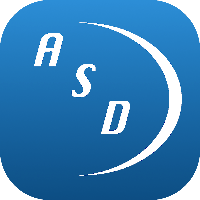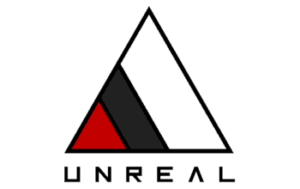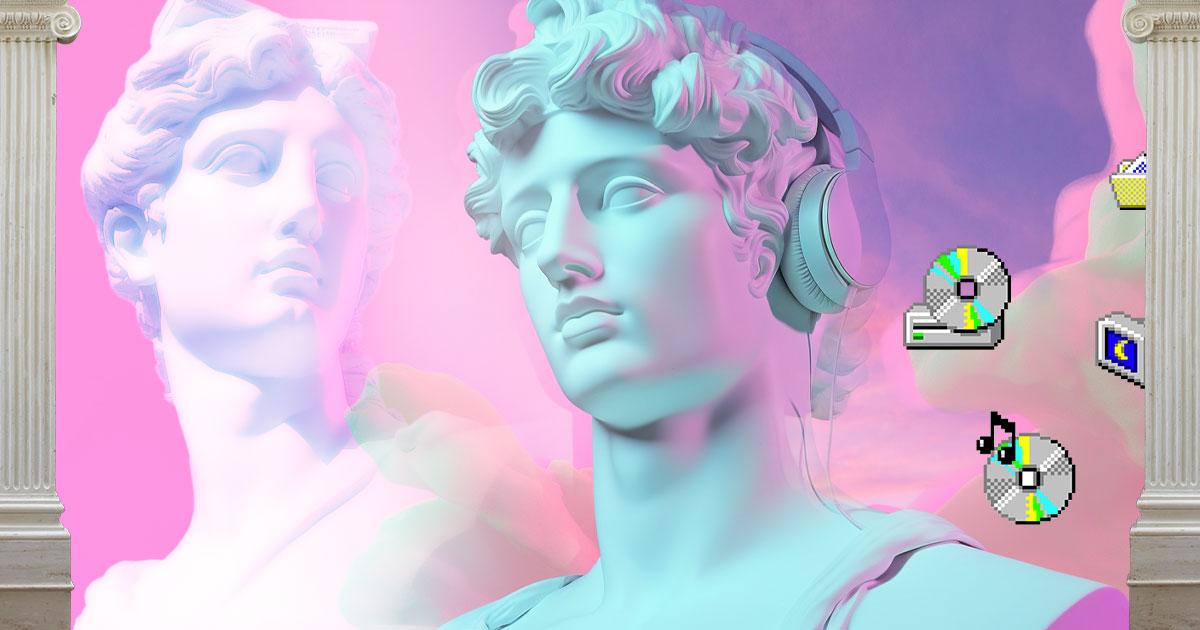VaporWave is an electronic music genre and art movement that emerged in the 2010s. It is characterized by nostalgic sounds and retro-futuristic images. In this article, we’ll look at how to make VaporWave by exploring its history and the different techniques used.
To make VaporWave, artists use samples of existing music that they modify with effects such as reverb, delay and pitch-shifting to create a nostalgic mood. Synthesizers and drum machines are also commonly used to create repetitive keyboard sounds, pads and drum patterns. VaporWave is a unique sound world, where nostalgic sounds and retro-futuristic imagery blend together to create fascinating music.
But where does the term VaporWave come from and how do you make it?
History of VaporWave
VaporWave emerged in the 2010s, mostly on the Internet. It is often seen as an evolution of New Age music and ambient music, with the use of synthesizers and drum machines.
It is often considered as a music making a pastiche of the 80s by denouncing in particular the consumerist logic of the years. The name of VaporWare comes from VaporWare,
VaporWave is a genre of electronic music and an artistic movement that emerged in the 2010s. It is often considered as a music making a pastiche of the 80s by denouncing in particular the consumerist logic of the time. The name VaporWave comes from VaporWare, which was a term used in the 1980s to describe computer products that were advertised but never actually released.
Early VaporWave artists were influenced by elevator music, mall music, and lounge music. They were also influenced by the aesthetic of the 80s and 90s, with the use of pastel colors and geometric patterns.
VaporWave gained popularity on the internet through online forums, blogs, and music sharing platforms like Bandcamp and SoundCloud. Much of VaporWave is based on samples of existing music, often songs from the 80s and 90s.
VaporWave artists take these samples and modify them using effects such as reverb, delay and pitch-shifting. In this way, they create pieces of music that are both familiar and strange.
Here are some examples of VaporWave artists:
- Macintosh Plus
- Saint Pepsi
- Blank Banshee
- Yung Bae
- 2814
These artists have all contributed to the popularity of the VaporWave and have created fascinating tracks that have become classics of the genre such as the album Floral Shoppe by Macintosh Plus.
Techniques for making VaporWave
There are several techniques for making VaporWave.
Here are some of the most common ones:
Use samples of 80’s songs
Sampling is at the heart of creating VaporWave tracks. Artists in this genre use samples of existing songs and modify them to create a unique aural experience. For example, Macintosh Plus (previously mentioned) sampled Diana Ross ‘“It’s Your Move:
If you want to know which artists have been sampled by other artists, you can use WhoSampled.
It’s important to note that using samples of copyrighted songs can lead to legal risks for VaporWave artists. VaporWave is often created from samples of existing music, which can cause copyright issues. Artists should be aware of their country’s copyright laws and obtain the necessary permissions to use samples of existing music. Otherwise, they may face legal action and large fines. Some VaporWave artists have already run into legal problems for using samples of existing music without permission.
When using samples in your work, it is important to modify them enough so that they are no longer identifiable. This will allow you to create a unique work that reflects your creative style while respecting the copyrights of other artists. You can use techniques such as manipulating tempo, changing the order of notes, altering sound effects and adding new layers of sound to give your music a personal touch.
Feel free to experiment with different techniques to find the ones that work best for your style of music.
Use effects to add a retro feel
Effects are an essential part of VaporWave that help create the nostalgic vibe characteristic of the genre. Artists use various effects such as reverb, delay and pitch-shifting to transform existing music samples into unique sound textures. Reverb adds depth and makes the music sound like it is being played in a large space.
Delay creates an echo effect and makes the music sound like it is being repeated. Pitch-shifting changes the pitch of the music, creating strange sounds and distorted melodies. Effects can be added to music using DAW plugins or hardware effects such as effects pedals. Artists can also use mixing techniques to create a specific mood using effects such as compression, equalization and distortion.
Slow down a song and sample it

AmazingSlowDowner is a music slowdown software created by Ronimusic.com available for Mac and Windows. It allows artists and producers to slow down music tracks without affecting the sound quality.
Unlike other music slowing software, AmazingSlowDowner eliminates the compression artifacts that can occur when music is slowed down, allowing the user to hear every note and nuance of the music. It is also possible to change the song speed and pitch independently of each other. It has different algorithms for slowing down the song, each with a different sound.
It is an ideal tool for artists who are looking to study and analyze music tracks in detail, or for producers who are looking to slow down samples to integrate them into their productions.
Here is an overview of the interface and features offered by the software:
Use retro synths and drum machines
Synthesizers and drum machines are two key instruments in the creation of VaporWave. Synthesizers are used to create a wide variety of sounds, from keyboard sounds to pads to sound effects. Drum machines, on the other hand, are used to create repetitive drum patterns, which are often associated with VaporWave.
VaporWave artists tend to use vintage drum machines, such as Roland’s TR-808 and TR-909, to create retro-futuristic sounds reminiscent of the 80s and 90s. Synthesizers and drum machines can be used alone or in combination to create a wide variety of sounds and moods.
Use a retro aesthetic to illustrate your songs
To make your single or album cover stand out, you can use a retro aesthetic. This aesthetic can help you create a vintage and nostalgic vibe for your music.
You can use past colors, retro typography, and images or illustrations that evoke a bygone era, typically the 80s and 90s. Use graphic elements from the technological advances of the 80’s and 90’s and retro (or even cheesy) objects such as Windows 95 icons, pastel colors, Greek statues, checkerboards, sunsets, plastic plants, low quality 3D objects, etc.
Conclusion
In summary, VaporWave is a genre of electronic music that is characterized by nostalgic sounds and retro-futuristic images. VaporWave artists use samples of existing music that they modify with effects to create a unique atmosphere. Synthesizers and drum machines are also commonly used to create repetitive keyboard sounds, pads and drum patterns.
VaporWave is a fascinating sound world that transports the listener to another world and continues to influence electronic music today. It brings together all the key elements of the 80s. Even though this music started as a pastiche of that era, denouncing consumerism in particular, it has managed to endure and acquire a loyal audience.





